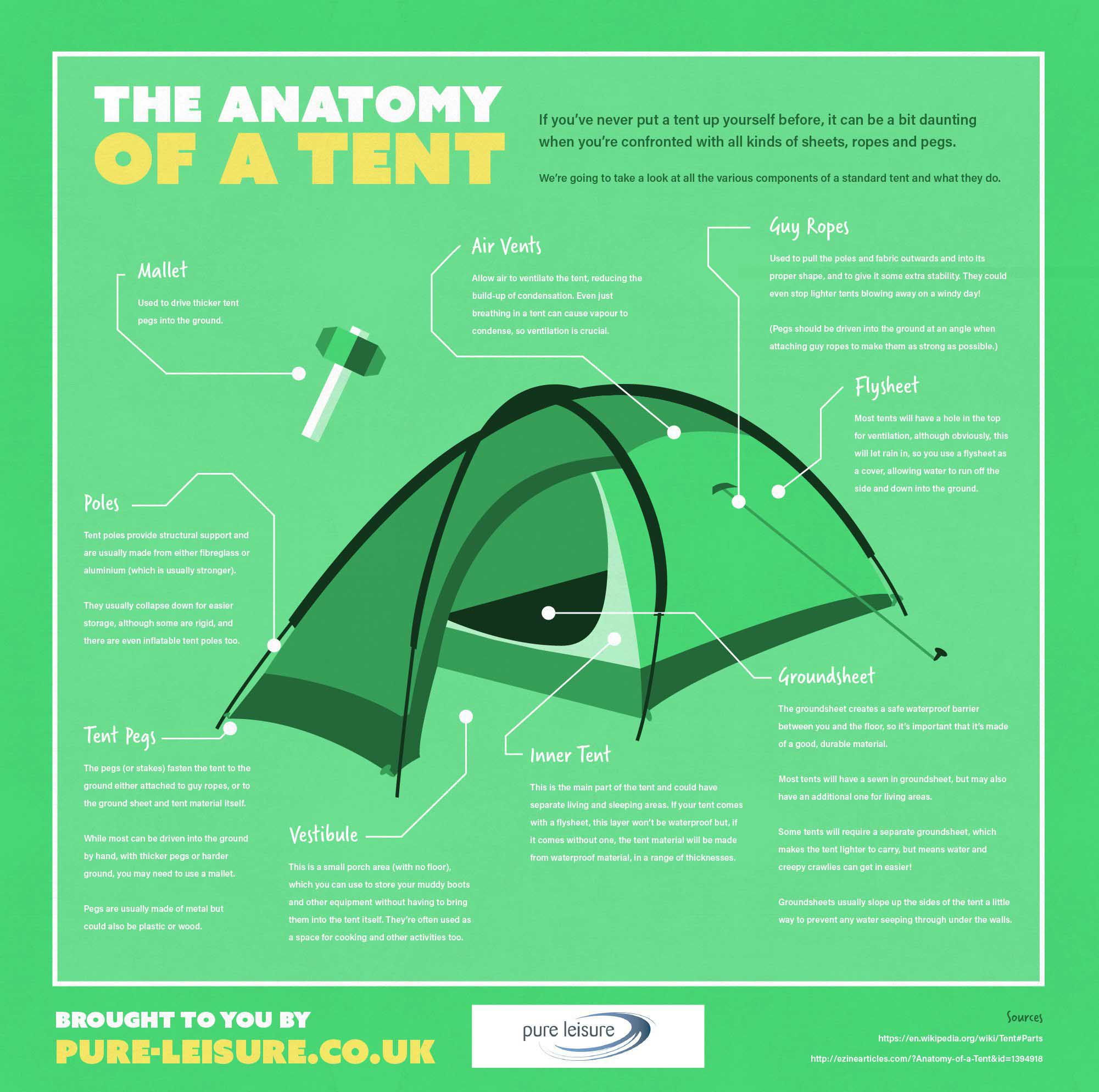Rain flies are a crucial accessory for wall camping tents. They raise the ability of a camping tent to secure campers from severe weather conditions while offering included convenience and durability.
Normal cleaning of a rainfall fly keeps mud, mold, and debris from damaging it. Also, making certain the appropriate stress of a rainfly avoids it from drooping and enabling water to collect beneath.
Weather Resistant Products
The product utilized in building and construction jobs can influence the longevity and longevity of the project. Picking weather-resistant materials helps in reducing maintenance expenses and conserves resources for future fixing and replacement.
Timber might not be the first product that enters your mind when going over weather resistance, yet it is highly sturdy when appropriately treated with preservatives. Cedar, redwood, and teak are instances of naturally rot-resistant timbers made use of to make a range of outdoor furnishings and structures.
High-performance canvas wall surface camping tents are made to withstand moisture and maintain campers comfortable. It is very important to clean canvas and tents routinely to remove dirt, mud, and dust. It is also necessary to rinse off any type of deposit from the canvas outdoor tents prior to keeping it away for usage. Avoid making use of bleach, as it ruins the water-resistance treatment and makes the camping tent a lot more at risk to leak. Additionally, a soft brush and a pipe can be utilized to extensively scrub the canvas camping tent and wash it off with water until it is completely filled.
UV Direct exposure
Unless a tent is made from UV-resistant material, long term exposure to sunlight will create it to degrade. This is true of all textiles, however it's particularly pronounced for outdoors tents and canvas structures due to just how much they're utilized in exterior setups. UV radiation can cause dyes to break down, bring about a loss of shade vibrancy.
A rainfly protects wall surface camping tents from these unsafe UV rays by reflecting them prior to they can pass through the framework and reach your skin. It is essential to select a rainfly with a UPF score of 50 or greater to obtain optimum UV defense.
A rainfly also assists control the temperature inside a camping tent relying on the period. A lighter rainfly can maintain outdoors tents from soaking up way too much heat in the summer, while a heavier rain fly can assist stop warmth from running away the tent during colder months. In either case, these additional layers of insulation can considerably prolong a camping tent's life expectancy.
Dampness Damages
Canvas outdoors tents are relatively resilient and can last 15-30 years with persistent treatment, but also the most high-performance canvas is not unsusceptible rainstorms. A rainfall fly or fly sheet adds a layer of defense for the roofing system of your canvas outdoor tents and helps stop dampness damage.
Condensation, mold and mildew, and mildew are not only unsightly, but they can additionally damage the architectural honesty of your canvas camping tent. canvas sling bag Stopping these issues is not difficult, yet it needs careful care and attention to information.
Make it a practice to inspect your tent in the morning and remove any kind of all-natural condensation, dew, or snow that has accumulated externally. Later, be sure to spread your outdoor tents out in an open location and utilize a soft brush to scrub away any mold and mildew and mildew that has created. When you have gotten rid of the impacted areas, re-treat the outdoor tents with a mold killer remedy and rinse it thoroughly to stop any type of future infestations.
Dampness Accumulation
While normal, condensation can harm materials if left unchecked. The good news is, positive strategies like cleaning surfaces and airing out outdoors tents lessen condensation' impact.
Outdoor tents material, environment conditions and use patterns add to condensation levels. Sailcloth, as an example, resists water vapor dissipation and has a tendency to display handmade droplets quicker than polyester or nylon choices. Recognizing this difference notifies just how camping tent proprietors handle condensation.
Resident's breathed out breath and wet garments and devices spike humidity levels. A lack of air flow strategies enables moisture to condense when cozy indoor air satisfies cooler surface area temperatures. This cycle magnifies on damp evenings or when a tent is placed in low areas. Inspecting and wiping outdoor tents surfaces immediately after cooling urges moisture to distribute before harmful textiles or forming mold and mildew. Local airflow, such as routing a fan toward joints, further aids the procedure. Recognizing one of the most prone locations of a tent, like high ridges and corners, helps campers enhance their dampness management regimens.
